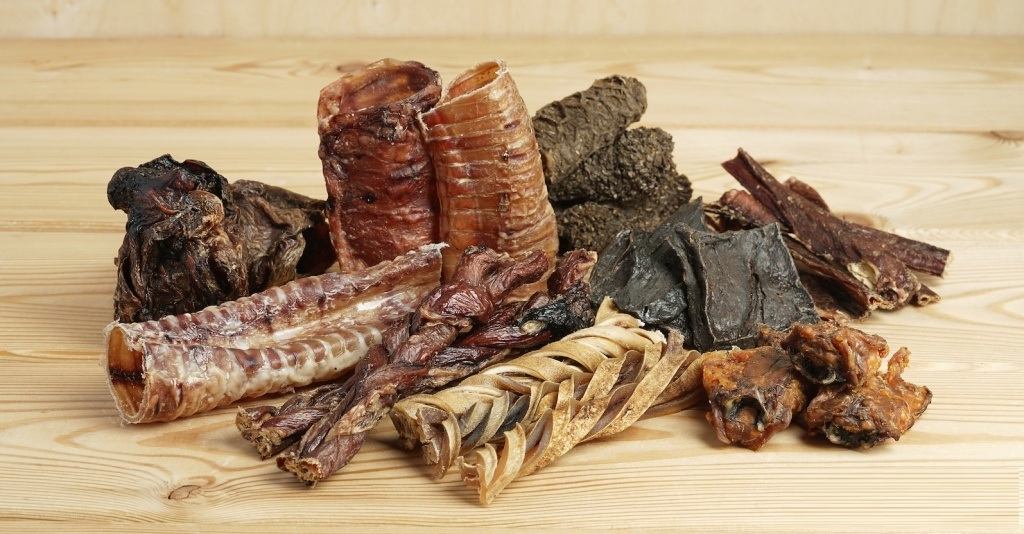If your dog is showing signs like itching, paw licking, or digestive upset, finding the right hypoallergenic dog treats can feel like a daunting task. We understand the challenges you face when your beloved pet struggles with allergies, and that’s why we’ve created this comprehensive, vet-reviewed guide.
We studied the frustrations of many dog owners and compared products, recipes, and expert advice to offer a clear, practical path forward. Whether your dog suffers from sensitive skin or a sensitive stomach, this guide will help you understand allergies and discover safe, soothing treat options.
Understanding Dog Food Allergies: The Most Common Culprits
Before diving into treat options, it’s important to understand the most common dog food allergies. According to veterinary consensus, dog food allergies often center around specific proteins and ingredients.
The top allergens include:
- Beef
- Dairy
- Chicken
- Wheat
- Eggs
- Soy
- Lamb (less common, but still a known allergen)
We studied numerous veterinary sources and found that identifying these allergens is key for managing your dog’s reactions and avoiding flare-ups.
What Makes a Treat «Hypoallergenic»?
We compared many definitions and veterinary insights to clarify what qualifies a treat as hypoallergenic. Here are the essential features:
- Limited Ingredients: Ideally one protein and one carbohydrate to minimize triggers.
- Novel Protein Source: A protein your dog has never eaten before, such as duck, venison, salmon, or kangaroo.
- Hydrolyzed Protein: Protein broken down into tiny molecules that the immune system does not recognize (commonly found in prescription diets).
- No Common Fillers: Free from wheat, corn, soy, artificial preservatives, colors, and flavorings.
How to Choose a Safe Hypoallergenic Dog Treat

We compared expert recommendations and user experiences to build this reliable step-by-step plan:
- Work With Your Vet: This is the critical first step to diagnose allergies and get tailored advice. Your vet may suggest an elimination diet to pinpoint triggers.
- Read Ingredient Labels Meticulously: Avoid all known allergens identified in the “most common dog food allergies” section above.
- Start with a Novel Protein: Select treats that contain a single, novel protein your dog has not previously encountered.
- Introduce Slowly: Offer one new treat at a time. Monitor for at least 2-3 days for any signs of discomfort or allergic reactions.
Hypoallergenic Dog Treat Ideas & Recipes
We compiled and compared a wide variety of treat ideas tailored for allergic dogs. Here is an at-a-glance reference table:
| Category | Idea | Key Benefit |
|---|---|---|
| Novel Proteins | Dehydrated Duck Feet | Single-ingredient, novel protein, high in glucosamine. |
| Novel Proteins | Canned Salmon (in water) | Rich in Omega-3s, soothes itchy skin and inflammation. |
| Limited Ingredient | Sweet Potato Chews | Simple carbohydrate, gentle on digestion. |
| Limited Ingredient | Pumpkin Puree (plain) | Supports digestive health; can be frozen for treats. |
| Homemade | Dehydrated Kangaroo | Rare and novel protein; ideal for severe allergies. |
Commercial Treat Ingredients to Look For
- Venison
- Sweet Potato
- Peas
- Quinoa
- Duck
- Salmon
Look for these ingredients on treat labels, as they are commonly safer options for allergic dogs.
Easy Homemade Hypoallergenic Dog Treat Recipes
We studied popular DIY approaches and here are 3 easy recipes to try:
- Single-Ingredient Dehydrated Sweet Potatoes: Slice sweet potatoes thinly, dehydrate at 130°F for 6-8 hours until leathery, cool, and store in airtight containers.
- Frozen Green Bean Treats: Rinse fresh green beans, trim ends, and freeze as crunchy, low-calorie treats.
- Pumpkin Puree Cubes: Use plain canned pumpkin (no additives), spoon into ice cube trays, freeze and serve as soothing snacks for upset tummies.
FAQ
What is the best hypoallergenic dog treat?
The “best” treat depends on your dog’s specific allergies. Starting with a single, novel protein treat like duck or salmon without additives is generally the safest path.
Are grain-free treats hypoallergenic?
Not necessarily. Grain-free means no wheat or corn, but the protein source might still be a common allergen like chicken or beef. Always check the protein source carefully.
Can I give my dog with allergies human food as treats?
Some single-ingredient human foods can be great options, such as plain pumpkin puree (not pumpkin pie filling), steamed green beans, or sliced apples (seeds removed). Introduce these slowly and watch for any reaction.
Managing your dog’s allergies is a journey requiring patience, observation, and the right information. We studied, compared, and compiled this guide to empower you with knowledge and give your dog relief through safe hypoallergenic dog treats.
Your veterinarian remains your best partner in this process. Book an appointment to discuss your dog’s specific needs and formulate the safest dietary plan.